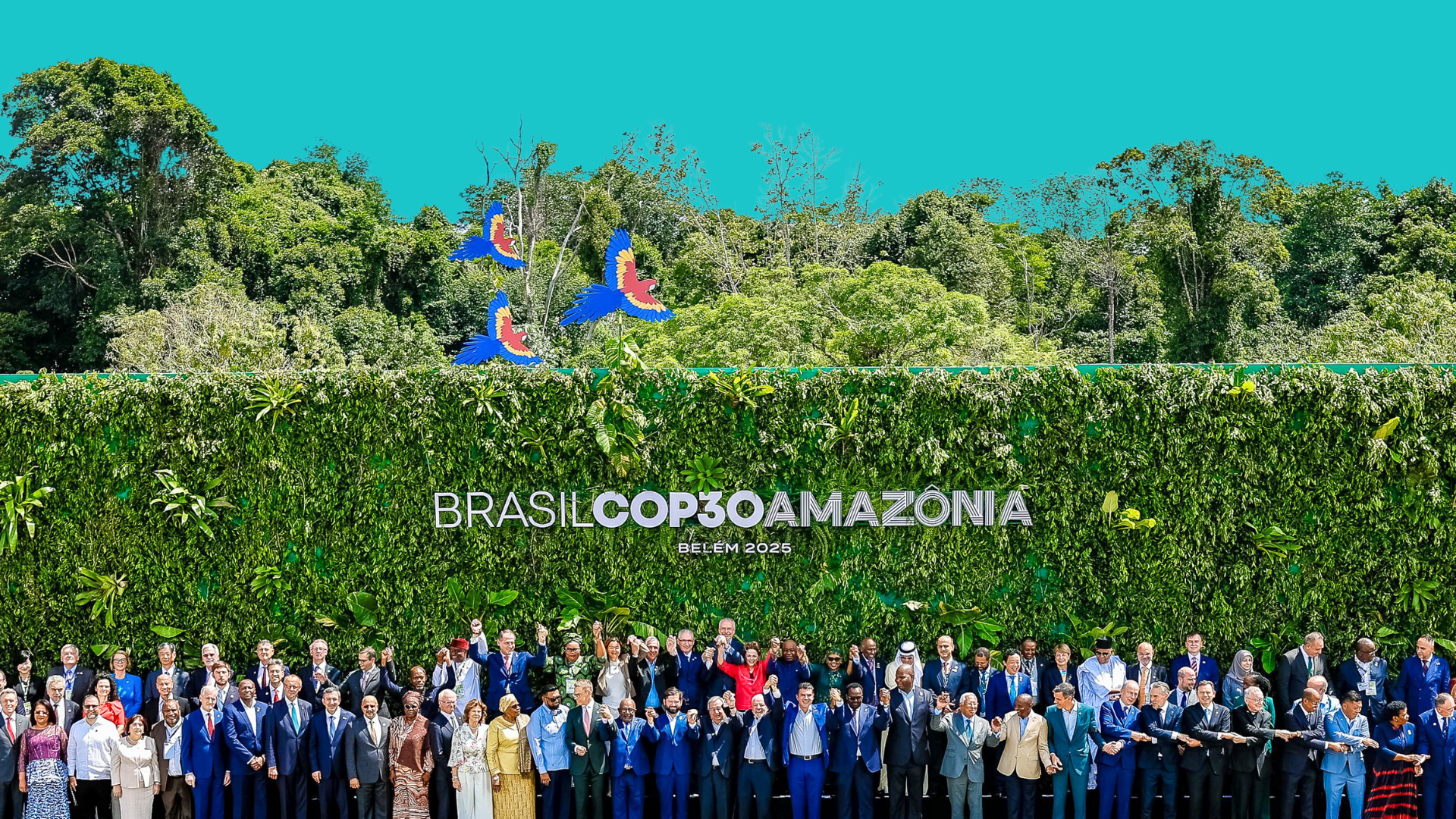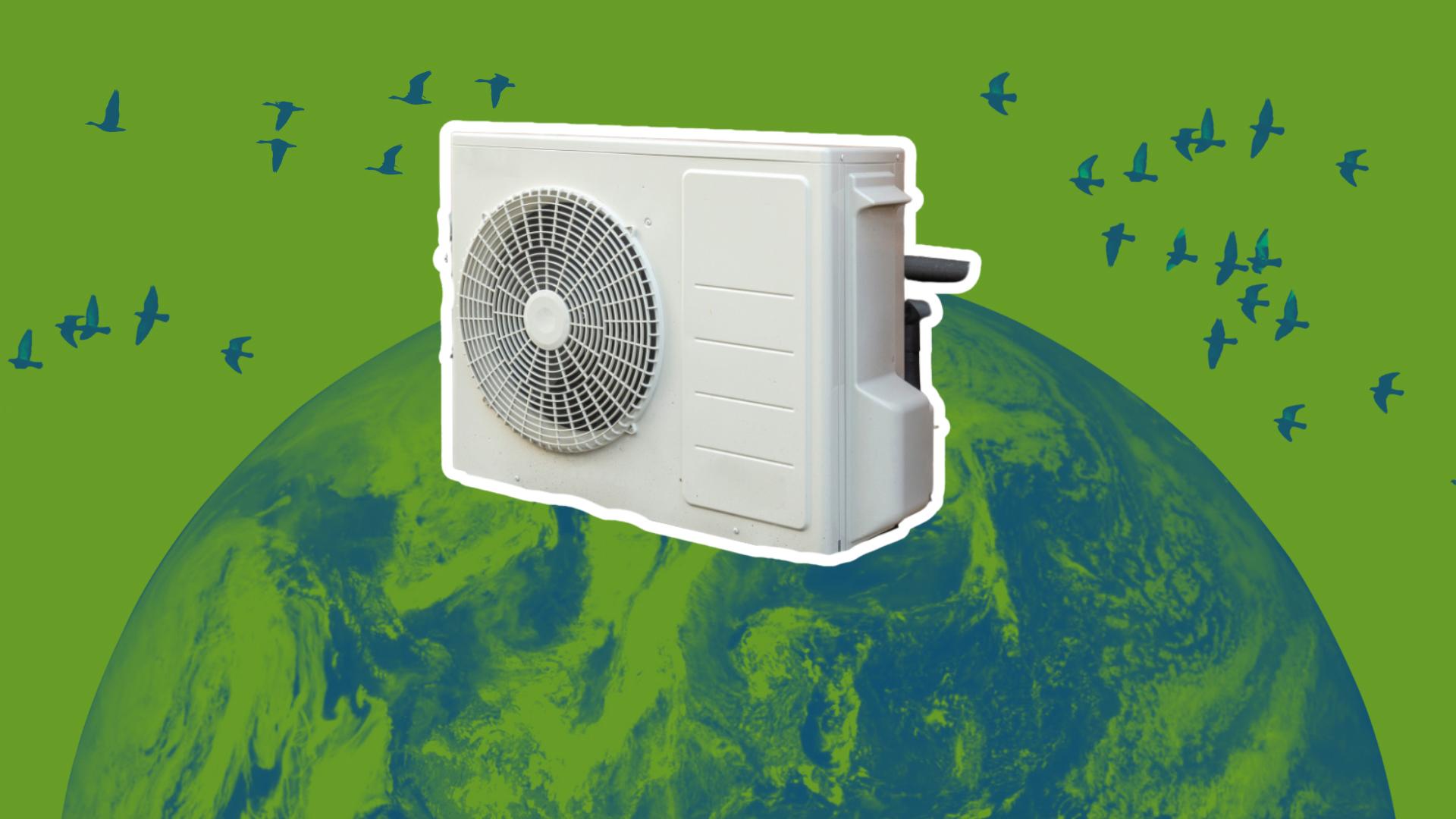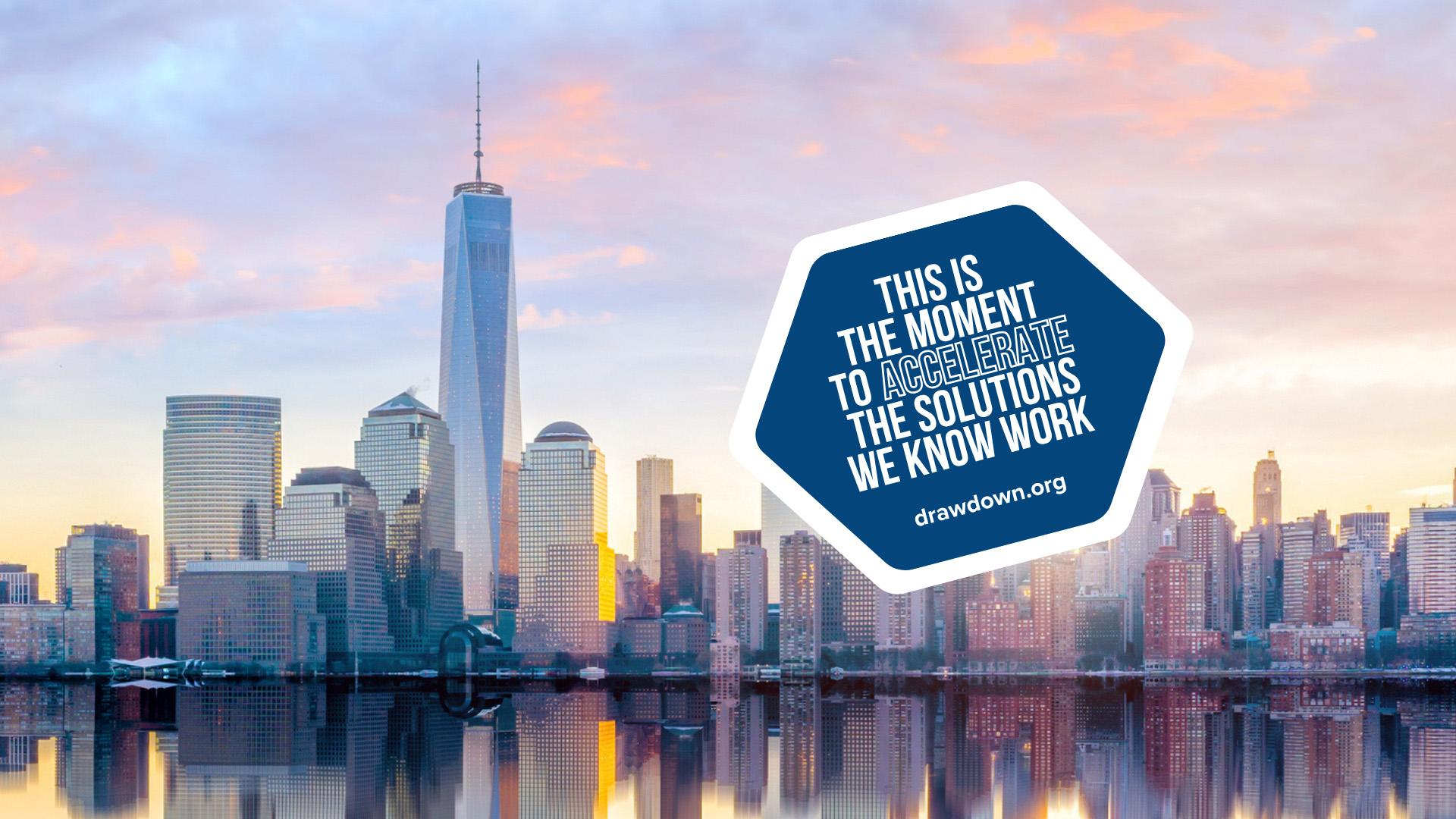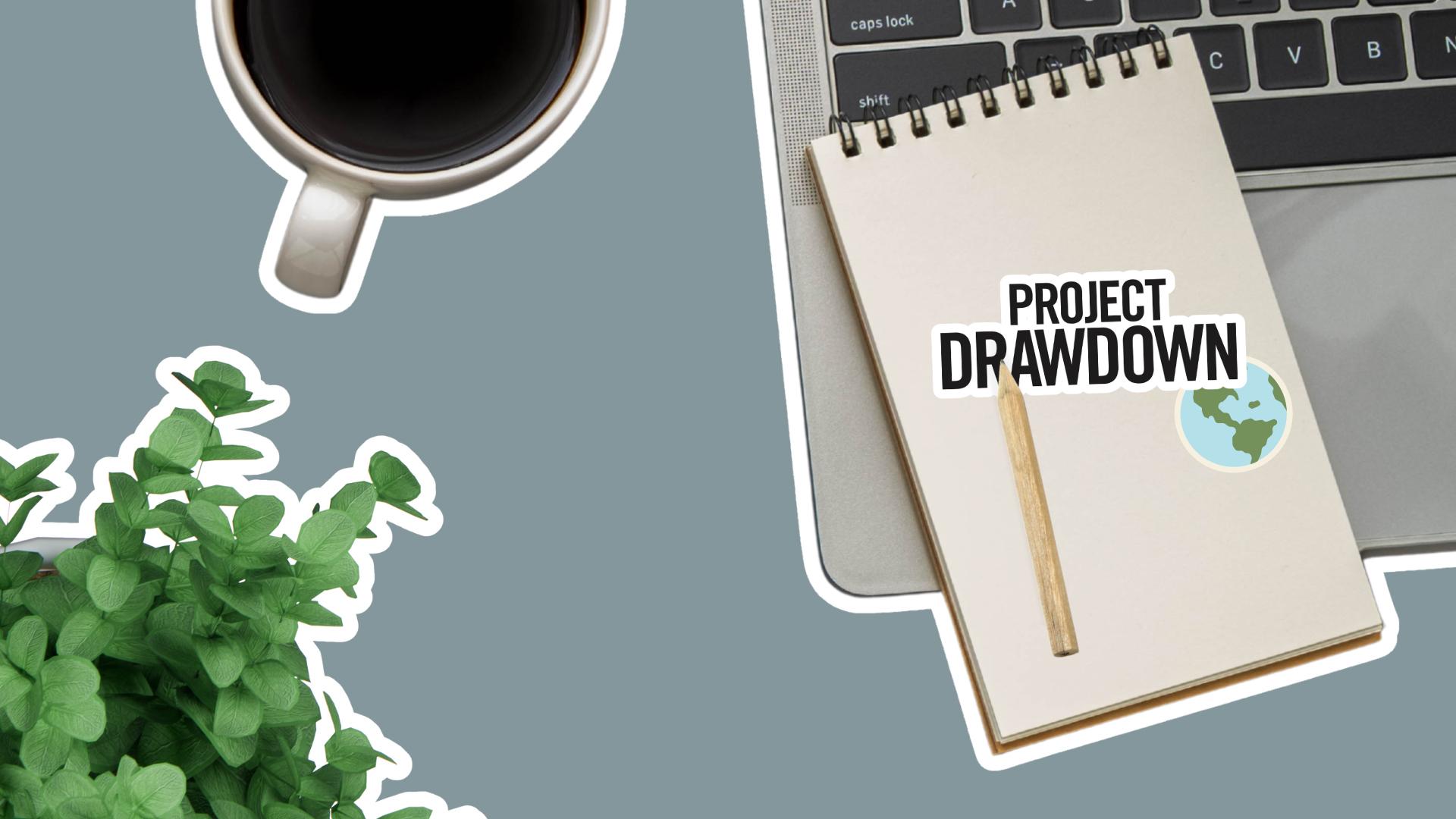First, they reveal that climate change is causing us anguish. In the past year in the United States alone, we have seen a number of frightening climate-fueled natural disasters, from devastating wildfires to unprecedented flooding, ringing the alarm bell for more and more people. According to the Yale Program on Climate Change Communication, 64% of adults in the United States are worried about global warming, and 70% agree that it will harm future generations. Five percent of Gen Z and 4% of Millennials are “experiencing potentially serious levels of anxiety due to climate change.” Even if full-blown devastation isn’t yet in our own backyards, the fear now lives rent-free in our minds, as shown by the widely-circulated quote that “climate change will manifest as a series of disasters viewed through phones, with footage that gets closer and closer to where you live until you're the one filming it.”
What can memes tell us about the state of corporate sustainability?

If you’re chronically online like me, you probably get a fair share of your daily laughs from internet memes.
If you also happen to work in climate or sustainability, you’ve probably been exposed to niche sustainability memes that flawlessly capture the struggles and anxieties of this work (with a healthy dose of levity). Beyond releasing some steam, these memes also serve as a great window into what it’s like to work in sustainability right now, particularly corporate sustainability. So, what do these memes reveal?
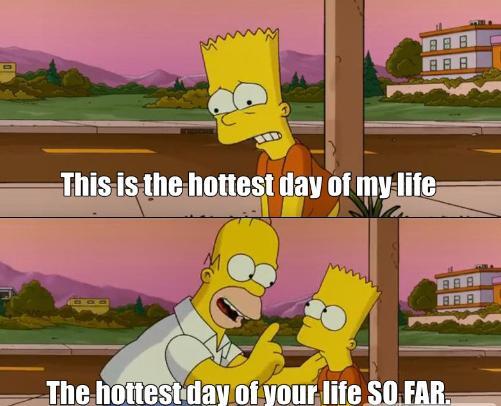
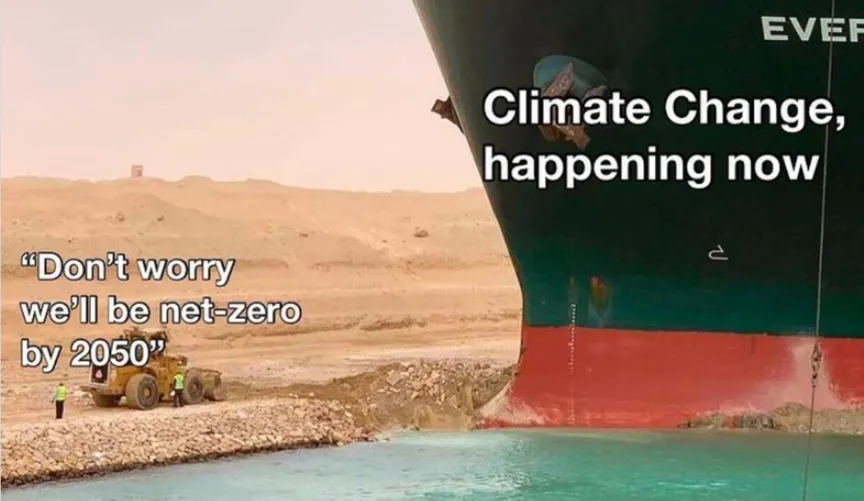
Sustainability memes also reveal that, as a whole, the world is not taking action that meets the scale, severity, or speed of the crisis. This is especially true in the private sector, whose “net zero” proclamations can often be empty and greenwashed. If you dig deeper into the sustainability plans of companies with “net zero” pledges, you’ll sometimes find that they are committing to far fewer emissions reductions than their marketing leads you to believe. Of the world’s 2,000 largest companies, only 4% are meeting the United Nations Race to Zero criteria for net zero targets.
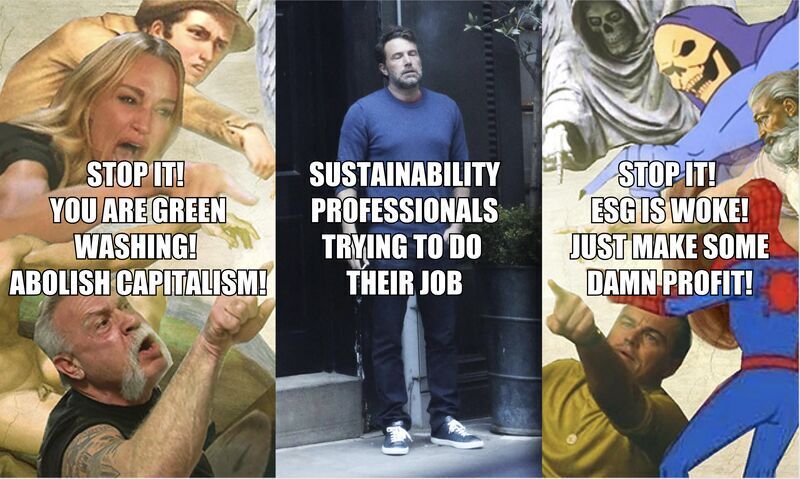
But these memes also show that there are people inside these companies working day after day to move their employers in the right direction despite being berated from all sides. Such memes highlight the realities of their jobs and the struggles they face as they’re tasked with transforming their entire organizations to align with necessary climate action. Thankfully, sustainability roles are on the rise, even in the wake of ESG backlash. In 2024, almost 8% of all open positions posted on LinkedIn were for a green job or required green skills. And the majority of large corporations have increased sustainability staffing over the past two years, with many even adding sustainability support to other functional areas, like finance and legal departments.
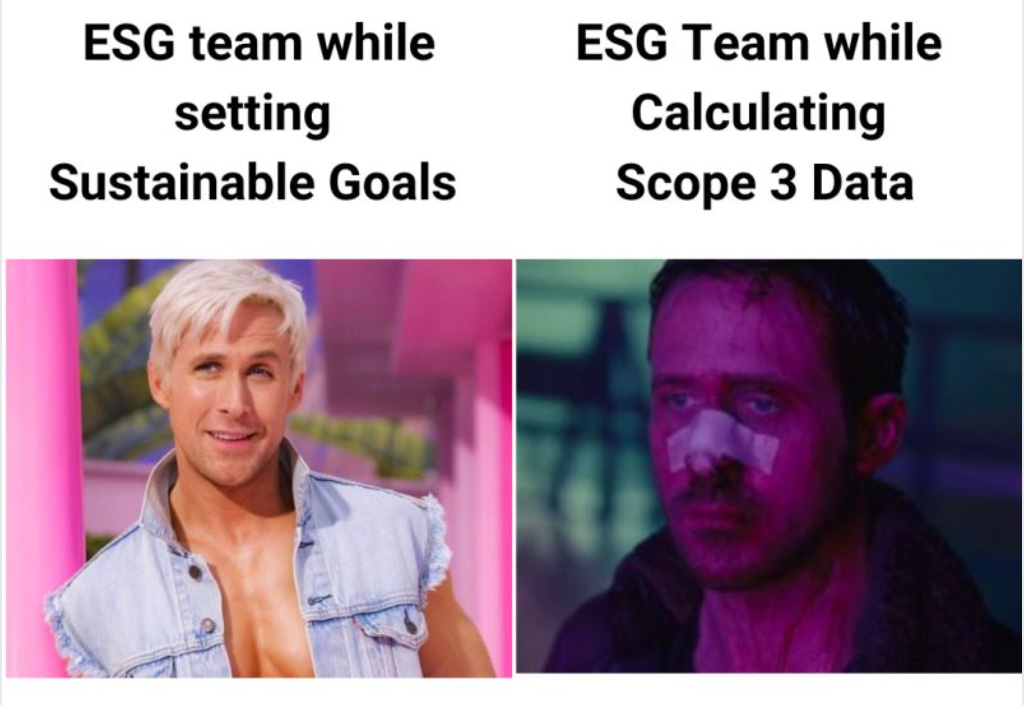
However, despite the rise in sustainability professions, we also see that the actual tasks that corporate sustainability employees have to do are taking a toll. With increasing regulations in the United States and European Union, sustainability professionals are spending more time on accounting and reporting as their companies scramble to meet ever-evolving standards – sometimes at the expense of action and implementation. A recent IBM report shows that spending on sustainability reporting exceeds that on sustainability innovation by 43 percent. And as you can see from the memes, people working in sustainability are tired, especially in the wake of a political landscape increasingly hostile toward climate action. In a recent Oxford survey of sustainability professionals, 58% of respondents said they experienced burnout in their roles, and many are “increasingly discouraged and stressed.”
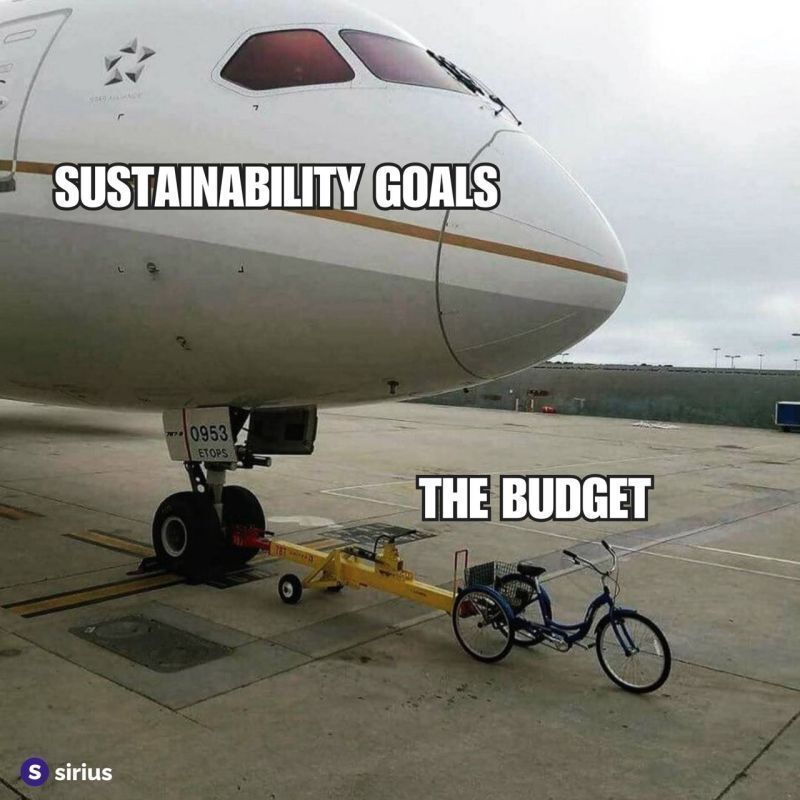
Sustainability teams simply don’t have sufficient resources to do their jobs to their fullest potential. “The biggest indication of support (or lack thereof)” is reflected in shrinking budgets – in 2024, only 57% of sustainability professionals saw their budgets increase while 9% said they decreased.” Moreover, growing reporting demands means fewer “funds [are] available to invest in more proactive measures.” CEO engagement on sustainability has also dropped in the past few years, meaning this critical work is not getting the attention or prioritization it deserves.
This lack of support and power demands that other employees step up and incorporate sustainability into their jobs so that climate action can permeate throughout their entire organization. This democratization of sustainability work is how corporate climate action scales and pushes companies in the direction they need to go.
But many people are “insufficiently aware of the enormous range of roles, across industries, that can impact climate change.” But in fact, every function within a company can affect climate and thus can be used for action. A company can reduce its dreaded scope 3 emissions when marketers find creative ways to nudge consumers to be more sustainable, product designers design with fewer materials, and engineers code for minimized energy consumption. There is a lot to be done, and every role has a part to play.
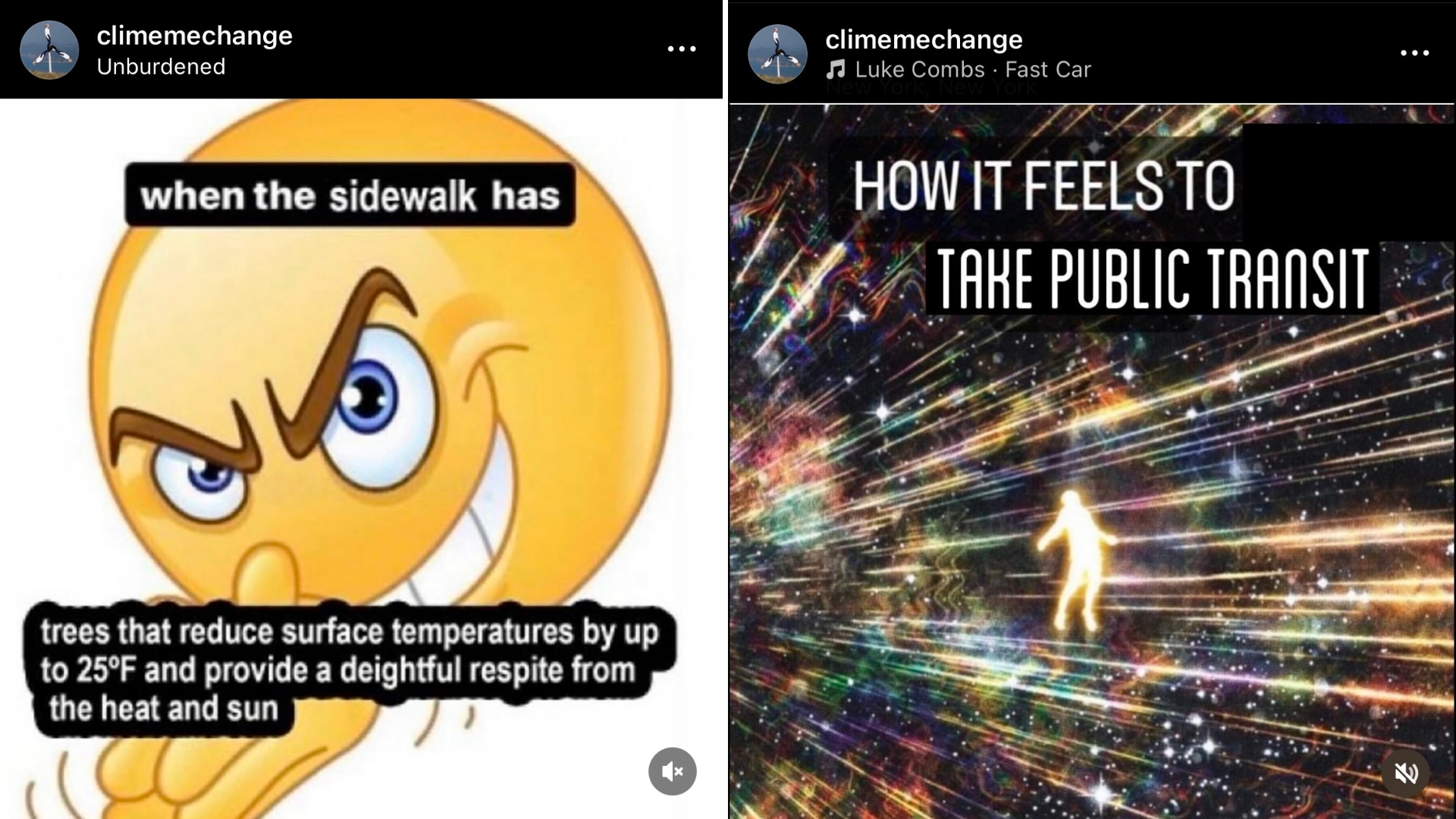
Finally, climate memes show us that, amidst all the anguish and comedic camaraderie, we also have the solutions. While corporate sustainability suffers from a lack of executive-level ambition, burnt-out employees, and diminishing budgets, we can find solace in the fact that we at least know what needs to be done – and that there are people working tirelessly to do it, with more jumping in to help every day.
With sustainability teams acting as formal agents of climate action within companies and other employees acting as grassroots advocates and role-level implementers, corporate sustainability can reach the scale, scope, and speed that it needs to – all while having a good laugh.
If you want to learn what companies should be doing on climate, check out Project Drawdown’s holistic framework for ambitious corporate climate action, which recognizes the vast social, political, and financial influence – and obligation – companies have to mitigate the climate crisis.
And to get started making your job a climate job, read our Job Function Action Guides, which provide guidance on how 12 common corporate professions can integrate climate action into their roles.
Aiyana Bodi, Project Drawdown manager of employee engagement, works with corporate partners and their employees to scale climate solutions in more meaningful and impactful ways. Aiyana is passionate about intersectional environmentalism and aims to use employee activation as a vehicle for just and equitable solutions.
This work was published under a Creative Commons CC BY-NC-ND 4.0 license. You are welcome to republish it following the license terms.


